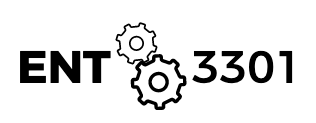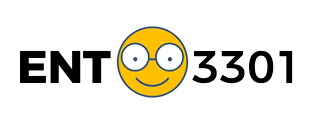QUOTES OF THE DAY
“Companies that get confused…think their goal is revenue.” - Tim Cook (CEO of Apple)
“Revenue is the engine that funds all our innovation.“ - Larry Page (co-founder of Google)
“It’s not what you earn, it’s what you spend.“ - Paul Clitheroe (financial analyst)
"Remind people that profit is the difference between revenue and expense. This makes you look smart" - Scott Adams (Dilbert cartoonist)
SUMMARY
So you have a million (billion [trillion?]) dollar idea and are now wondering how to monetize it. Or perhaps, you already have a business model and would like to explore different money-making strategies that can increase your business revenue.
So what revenue model should you use?
Well, this is the wrong question to ask. Instead, the first thing you should ask is "why would anyone pay you anything at all?" Or, why would people put their money on the table? Only then you should ask how can you capture that value with a strong business model.
Hopefully, by now, we will have the answer to the above question. So now we can focus on the most common revenue models and the best money-making techniques for your start-up.
QUESTIONS TO THINK ABOUT WHILE DOING THE READING
- What is a revenue model? Give an example.
- Know the ten most popular revenue models used by entrepreneurs -- unit sales, advertising, data revenue, intermediation, licensing, franchising, subscription, professional, utility and usage, and freemium.
- What is your favorite revenue model and why? (i.e., what are the advantages and disadvantages of your revenue model relative to other models discussed in the readings)
- Explain how companies generate revenue by profiting from "free."
- Identify three companies that offer free products or services. Ideally, one should be local, one should be national, and one should be global. Answer the following questions: (1) What is provided free? (2) What services and/or products cost additional money? (3) Which of the following three types of free financial models do they represent and why: Direct cross-subsidies, Multi-Party Markets, or the freemium model.
- Identify the drivers that affect revenue as well as cost.
- What is the difference between revenue and profit?
- What is the difference between gross and net profit?
- What is cost of goods sold (COGS)?
- What are operating expenses?
- Be able to understand a simple income statement (or profit and loss statement).
REQUIRED READINGS/VIDEOS
- Revenue Models (read whole chapter) [download here]
- 30 revenue cards by Innovation Board [explore here]
OPTIONAL MATERIALS
- What are your chances of successfully raising money on Kickstarter? [read here]
-How venture capital can harm your startup [read here]
- Freemium [listen here] This audio clip shows how companies can profit using a combination of free and fee-based services.
- Revenue Models [watch here] This video defines a revenue model as part of the overall business model and distinguishes it from pricing.
- Types of Revenue Models [watch here] This video demonstrates how mobile apps utilize one time purchase, in-app purchase, and in-app ads to generate revenue.
- Driving Revenue [watch here] This video from Bloomberg examines how Costco's business model drives revenue in a predictable way.
- Value and Pricing [watch here] This video from Fortune shows how Taco Bell keeps its dollar menu successful despite the value and pricing challenges that have led competitors to discontinue their dollar menus.
- From "Free" to Revenue [read here] This article describes the challenges Spotify faces as it grows, a company that has free and fee-based options for customers.
ASSIGNMENTS
1. Take Quiz 5: Revenue Models (due on Oct 4 at noon on Canvas)
2. Classroom Discussion: Revenue Models
First, using the following flowchart [download here], determine which business model you want to use for your business.
Second, complete the following template to determine the revenue potential of your company [download here].
Think about the following questions:
(1) explain with your own words what is the best revenue model for your business (and why)--i.e., how do you intend to generate revenue? What is an alternative revenue model and why is it inferior?
(2) discuss the revenue potential of your company (why?)
(3) what steps can you take to validate demand for your product?

